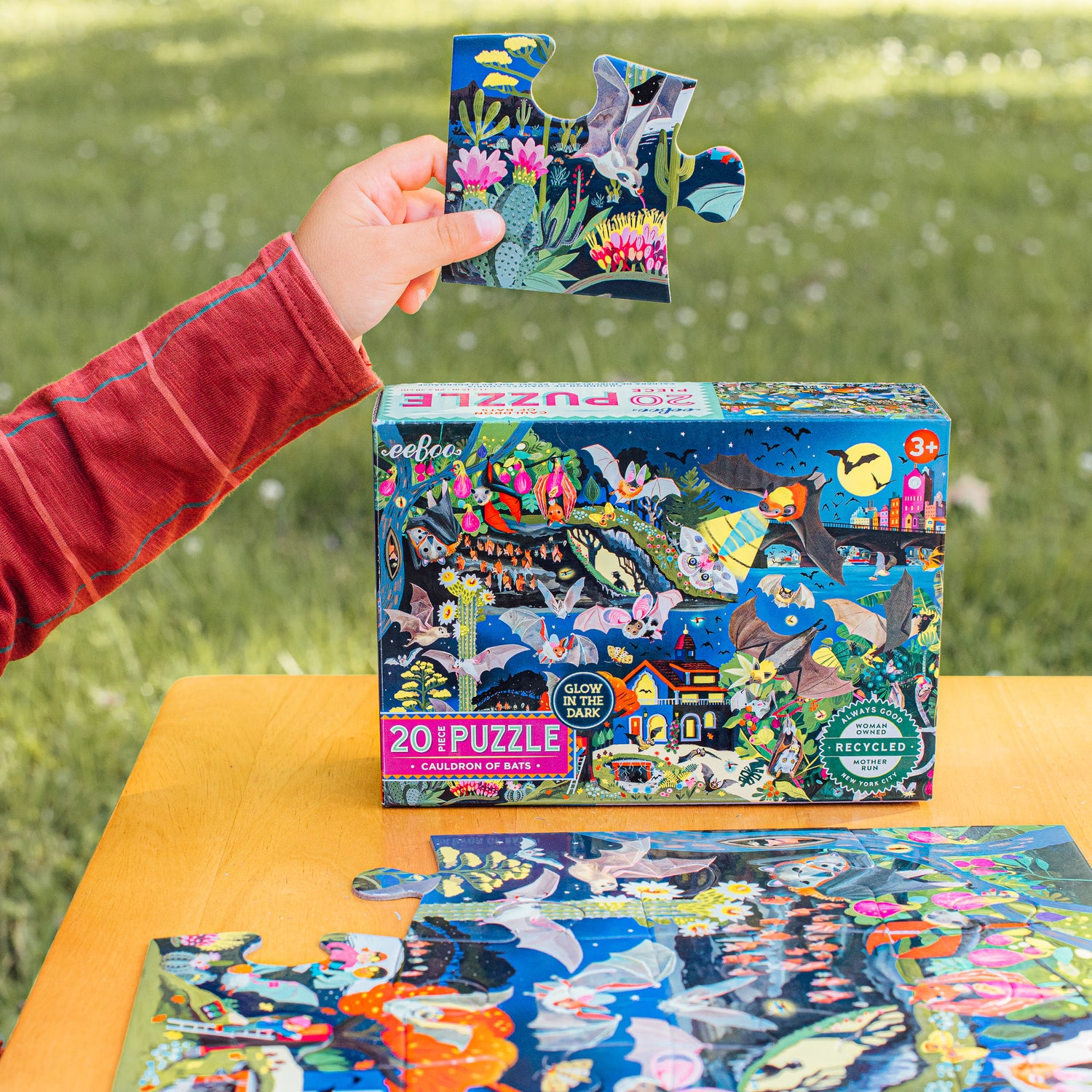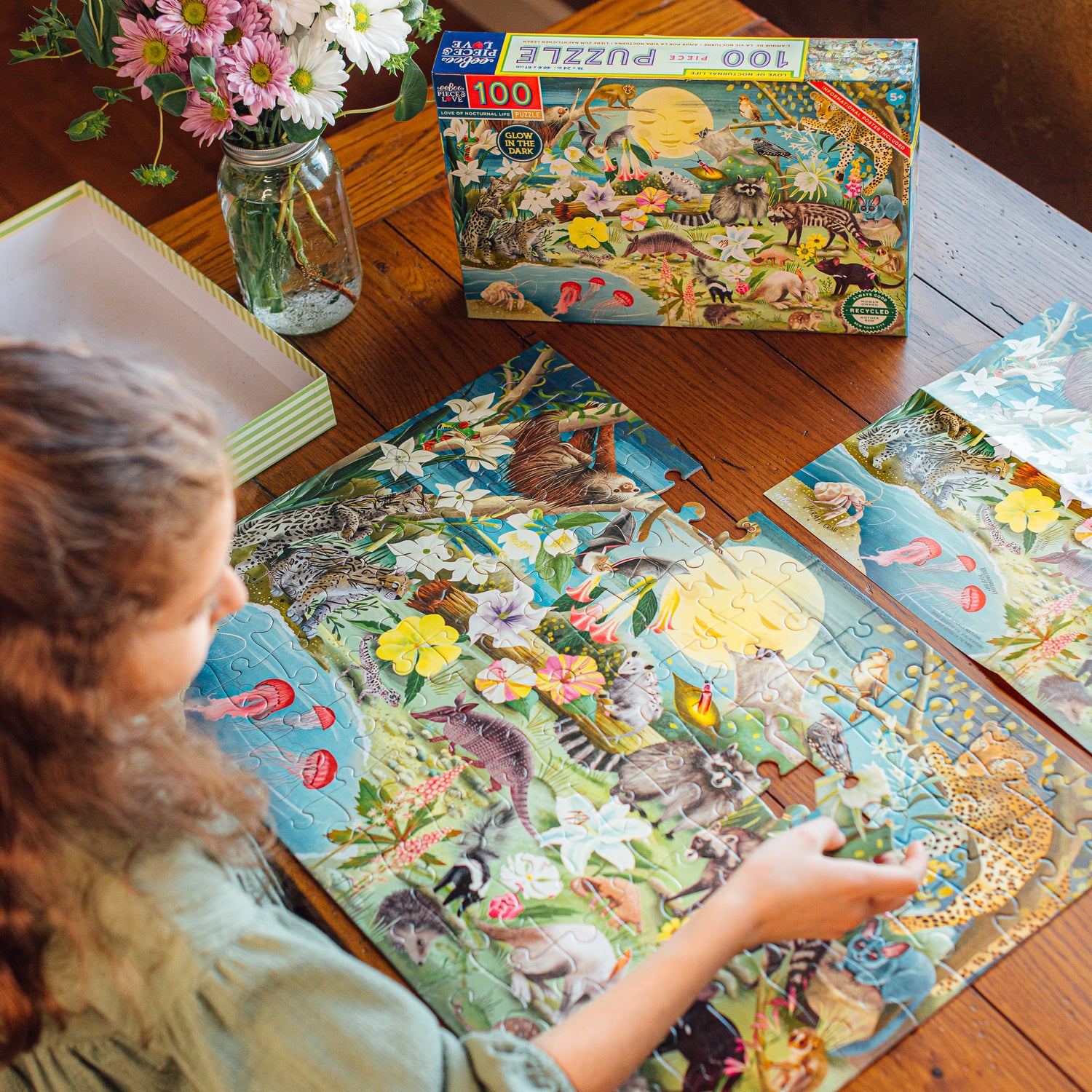Hop into Nature's Classroom: Why Kids Should Take an Interest in Frogs and Amphibians
In the enchanting world of nature, few creatures captivate the imagination quite like frogs and amphibians. From their vibrant colors to their unique life cycles, these fascinating creatures hold a special place in the ecosystem. Yet, their importance often goes unnoticed. In this blog post, we'll explore why kids should take an interest in frogs and amphibians, and why they are vital to our ecosystem.
-
Fascinating Diversity: Frogs and amphibians come in a dazzling array of shapes, sizes, and colors. From the tiny poison dart frogs of the rainforests to the massive African bullfrogs, there's a wealth of diversity to discover. This diversity provides endless opportunities for learning and exploration, sparking curiosity in young minds.
-
Indicator Species: Amphibians are often referred to as "canaries in the coal mine" due to their sensitivity to environmental changes. Their permeable skin makes them highly susceptible to pollutants and changes in habitat quality. By studying the health and populations of amphibians, scientists can gain valuable insights into the overall health of ecosystems. Teaching children about these indicator species instills an understanding of the delicate balance of nature and the importance of conservation efforts.
-
Ecosystem Engineers: Frogs and amphibians play crucial roles in their ecosystems. As predators, they help control insect populations, including mosquitoes and agricultural pests, which can benefit humans directly. Additionally, their tadpoles feed on algae, helping to maintain water quality in ponds and wetlands. By understanding these ecological roles, children can develop a deeper appreciation for the interconnectedness of all living things.
-
Lifecycle Marvels: The lifecycle of amphibians is a marvel of nature. From egg to tadpole to adult frog, their metamorphosis is a captivating journey. Learning about the unique adaptations that allow them to thrive in both aquatic and terrestrial environments provides valuable lessons in resilience and adaptation. It also underscores the importance of preserving habitats where these transformations occur.
-
Conservation Challenges: Despite their importance, many species of frogs and amphibians are facing significant threats. Habitat loss, pollution, climate change, and disease are putting pressure on amphibian populations worldwide. Educating children about these conservation challenges empowers them to become stewards of the environment. By fostering a sense of responsibility and empathy towards these creatures, we can inspire the next generation of conservationists.
Frogs and amphibians are not just fascinating creatures; they are essential components of our ecosystems. By encouraging children to take an interest in these remarkable animals, we can foster a deeper connection to nature and instill values of conservation and environmental stewardship. Whether it's observing tadpoles in a pond or listening to the chorus of frogs on a summer night, there are endless opportunities for children to explore and learn about the wonderful world of frogs and amphibians. Let's hop into nature's classroom and discover the magic together.








